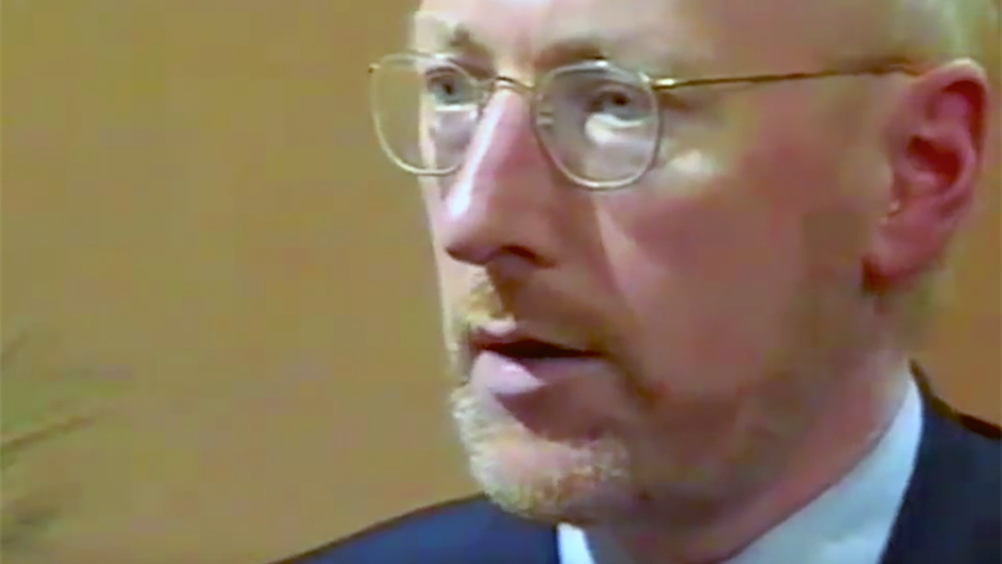Archive interview — Sir Clive Sinclair, 2003
Home computing pioneer and visionary UK inventor Sir Clive Sinclair has died at the age of 81. Back in 2003, The Engineer’s Rob Coppinger spoke to Sir Clive about another high-risk drive to create a mass-market electric vehicle after the Sinclair C5 of the 1980s; and the perhaps more arcane subject of poker.

Sir Clive Sinclair is to gamble again with a new electric vehicle for the masses. The well-known inventor is to launch the as yet unnamed vehicle next year, but he'll also be seen by the public very soon on a programme about his other great passion: poker.
What with the first pocket calculator, ZX80, 81 and Spectrum computers, the C5 and the Zike, he is someone that clearly enjoys the throw of the dice and the idea of high risk, high reward.
Sinclair has certainly gambled many times and won. His success earned him a knighthood in 1983 and he now resides in a plush two-floor apartment overlooking Trafalgar Square. The top floor is his office, from which he keeps in touch with his company's research centre in Croydon.
Although Sinclair has faded from the spotlight in recent years he has continued to seek out innovation that has commercial potential. 'I have to work in areas where there are opportunities. My job as I see it is innovation and in any one time there are only certain areas where it's plausible,' he said.
Register now to continue reading
Thanks for visiting The Engineer. You’ve now reached your monthly limit of premium content. Register for free to unlock unlimited access to all of our premium content, as well as the latest technology news, industry opinion and special reports.
Benefits of registering
-
In-depth insights and coverage of key emerging trends
-
Unrestricted access to special reports throughout the year
-
Daily technology news delivered straight to your inbox










CCC Report Finds UK Climate Targets Still Within Reach
In 1990 67% of the UK´s electricity came from coal-fired power stations and even without renewables the transition to gas was a major contributor to...